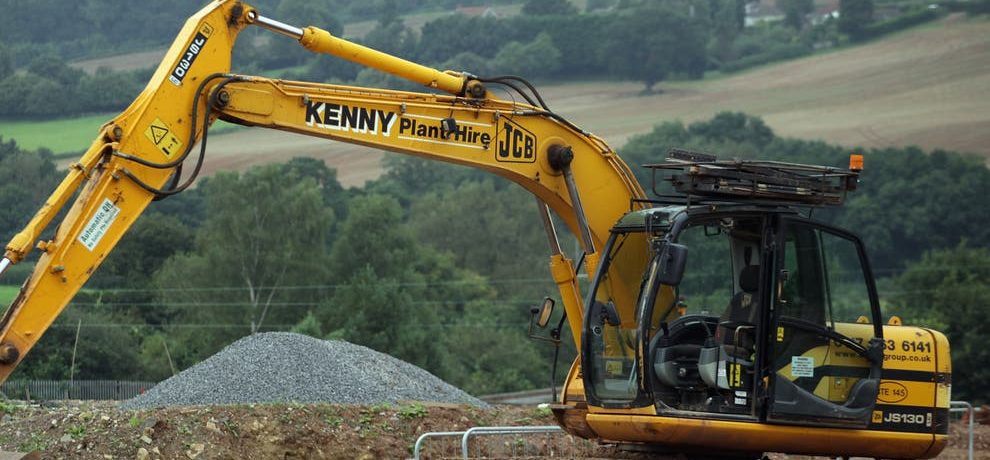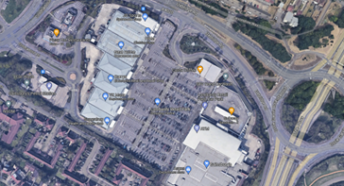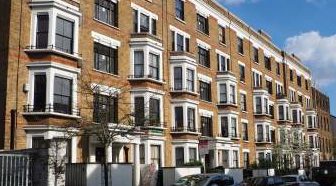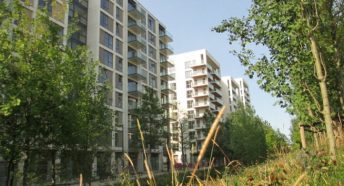London brownfield capacity soars
Threats to Green Belt grow as undeveloped brownfield hits new high in London, CPRE research reveals
- New figures show a continued increase in the amount of brownfield land suitable for housing in London and across the country with capacity to provide more than 350,000 new homes
- Despite the growth in brownfield capacity fresh analysis shows planning permissions have stagnated nationally, with long term trends point to growing pressure on greenfield sites
- New analysis shows use of previously undeveloped greenfield land nationally soared by 148% between 2006 and 2017, the latest date for which figures are available. The proportion of brownfield land used for residential development dropped by 38% in same period
Read CPRE’s Recycling our land: the state of brownfield 2021 report.
Neil Sinden, Director of CPRE London said:
‘London’s Green Belt is under constant pressure for development. Hounslow Council, for example, is currently proposing to strip away protections from large areas of Green Belt and allocate 125 hectares for building.
Yet, this new research shows we do not need to build on the Green Belt around London in order to meet the capital’s housing needs. The capacity of previously developed brownfield land has increased by more than 20% in just one year, and could accommodate more than 350,000 new homes – enough for almost nine years at current rates of building. And this is just the tip of the iceberg.
With targeted investment by government in infrastructure improvements, much more brownfield land could be made available for development. There are large areas of derelict and poorly-used space across London which can be redeveloped to meet our housing and other needs. If Green Belt is released, sites in need of regeneration will be left to ruin while green fields are built over with low density sprawl.
We should value our Green Belt more: it protects us from urban sprawl and associated traffic congestion and air pollution, and provides access the countryside on our doorstep while safeguarding it for nature-friendly farming and helping to manage the impacts of climate change.’
To halt the irreversible and unnecessary destruction of our countryside, CPRE is calling for ‘brownfield first’ national planning policies to prioritise brownfield development in local plans, as part of a package of fresh levelling up investments in the Midlands and the North. There is also plenty of brownfield land in London and the South East, where just over half a million homes could be built without touching green spaces. Focusing development primarily on suitable urban brownfield means that housing is near where people already work and live, with infrastructure such as public transport, schools and shops already in place. A key advantage of this approach is a reduction in car use.
Emma Bridgewater, president of CPRE, the countryside charity, said:
‘A brownfield first policy is sound good sense. We need to direct councils and developers to use these sites – often in town and city centres where housing need is most acute – before any greenfield land can be released. It is wasteful and immoral to abandon our former industrial heartlands where factories and out-dated housing have fallen into disrepair. Developing brownfield is a win-win solution that holds back the tide of new buildings on pristine countryside and aids urban regeneration at a stroke.
‘It is therefore heartening to hear that the government increasingly appears to share these views. Recent warm words on developing brownfield land first, and enabling communities to push back on any plans to build in Areas of Outstanding Natural Beauty and Green Belt land, are to be applauded. It is a welcome change of direction and we look forward to working with the government to help make this ambition a reality.’
—ENDS—
For further information, or to interview a spokesperson, please contact: Neil Sinden, CPRE London Director on 07406 805354 or Sam Relph, National CPRE Media Officer, on 020 7981 2827 or 07982 805759
About CPRE, the countryside charity
CPRE is the countryside charity that campaigns to promote, enhance and protect the countryside for everyone’s benefit, wherever they live. With a local CPRE in every county, we work with communities, businesses and government to find positive and lasting ways to help the countryside thrive – today and for generations to come. Founded in 1926, President: Emma Bridgewater, Patron: Her Majesty The Queen. www.cpre.org.uk
NOTES TO EDITORS:
Brownfield land continues to show that it is a perpetually regenerating resource, with the current capacity nationally now standing at 1.16 million new homes, an increase of 101,624 or 9.5%, since we last reported in 2020.
Total brownfield housing unit capacity 2021 vs 2020 – all English regions:
| Region | 2021 housing capacity | 2020 housing capacity |
| London | 355,644 | 289,989 |
| South East | 159,779 | 133,192 |
| East | 107,994 | 99,681 |
| South West | 68,081 | 69,355 |
| West Midlands | 99,600 | 99,880 |
| East Midlands | 61,829 | 54,983 |
| North West | 167,461 | 168,194 |
| Yorkshire & Humber | 108,790 | 110,592 |
| North East | 33,791 | 35,480 |
| Total | 1,162,969 | 1,061,346 |









